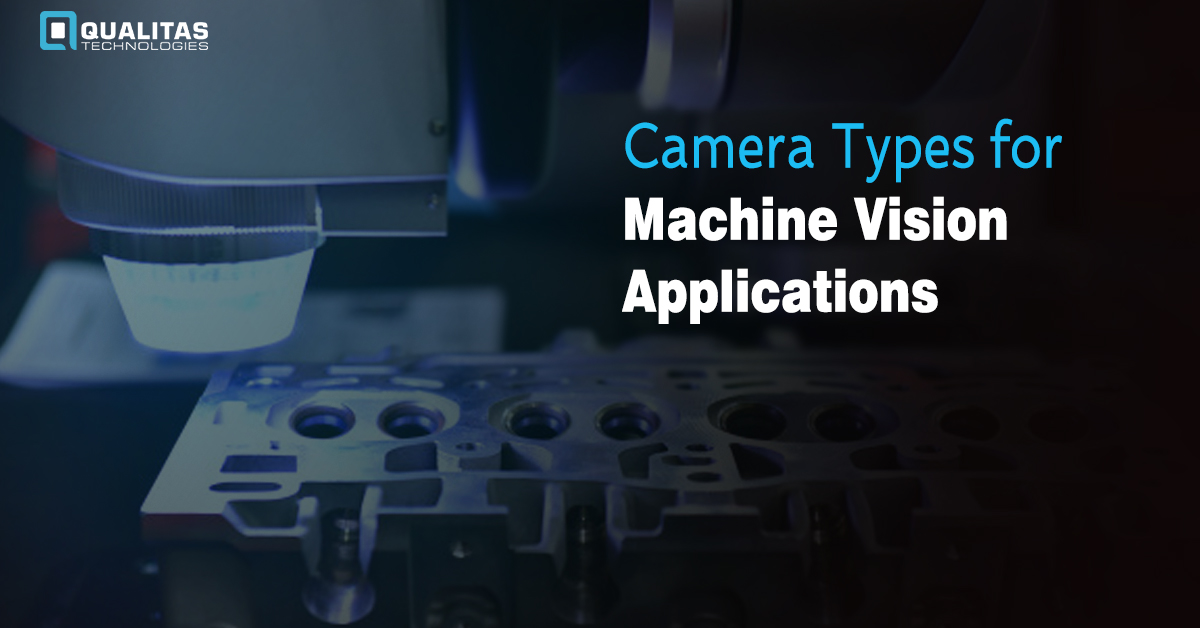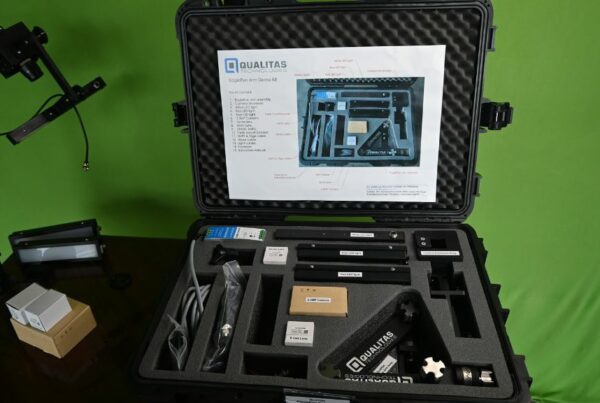
Choosing the most suitable camera type from the humongous variety available in the market might prove to be a challenging task. Commercially available cameras are quite cheap and have good resolution. These, however, cannot be used in machine vision systems because machine vision cameras serve entirely different purposes.
Some necessary features of a machine vision camera are following:
- Higher shutter speed and frame rates
- Supports a wide spectral range, from UV to IR
- Higher performance and reliability
- Can be operated in rugged environments
- Longer operational time
For choosing a suitable machine vision camera, a few questions can help you identify the requisite key imaging characteristics for your system:
- What kind of object do you intend to inspect?
- How does the system interact with the existing infrastructure?
- What kind of light sources is being used for illumination and imaging?
Also, Read Smart Cameras VS Multi-Camera Vision: How to choose the right fit for you
Different types of camera
On the most fundamental level, cameras can be divided into two types:
- Analog
Analog cameras transmit a continuously varying electronic signal. The frequency and amplitude of this signal are interpreted by the analog output device as video information.
- Digital
Digital cameras transmit the data in binary form (in the form of zeroes and ones) as the electronic signal. An output device then converts the binary data into video output. Unlike analog cameras, the transmitted data from digital cameras is invariant and hence, can be interpreted in a unique way.
Camera formats can be categorized into four types which are the following:
- Interlaced
Interlaced cameras are conventional cameras that output an electronic signal compatible to be viewed directly on video monitors. The image is divided into two parts (odd and even) that are exposed sequentially. These parts are integrated to get the full picture. This output sequence was initially adopted to lower transmission bandwidth and reduce jerkiness in the displays.
- Progressive
Instead of scanning in two parts like interlaced cameras, progressive cameras scan the lines once, sequentially. The output from progressive cameras, however, are not standardised and few monitors are capable of displaying the image.
- Line scan
Line scan cameras use a sensor that is long and narrow. To generate a 2D image with a line scan camera, the object is made to move along the narrow axis of the sensor, scanning one line at a time and reconstructing the image with software. It is essential to coordinate the timing of the line scan sensor with the movement of the object, to obtain stable and useful images. The pixels, in line scan cameras, are arranged in a linear fashion that allows for long arrays.
- Area scan
Imaging sensors in area scan cameras have both, length and breadth. Area scan cameras are mostly used when the entire picture is to be collected at once or when synchronizing the movement of the object with the sensors is difficult. In these cameras, the imaging lens focuses the object to be imaged onto the sensor and that image is sampled at pixel level for reconstruction.
Also, Read How Machine Vision Cameras Have Transformed Electronics Inspection
Which camera type is the best for you?
For the sake of simplicity and better comprehension, the applications and advantages of the camera types will be discussed in three parts: Digital vs Analog, Interlaced vs Progressive, and Area scan vs Line scan.
Digital vs Analog
Reasons to adopt analog cameras are:
- Less expensive than their digital counterparts which are costly even for basic tasks.
- A less complicated and simpler solution for common video applications.
- Digital cameras are often limited to shorter cable lengths.
Reasons to adopt digital cameras are:
- Offer high resolution in both horizontal and vertical directions.
- High frame rates and faster shutters.
- Analog signal is quite susceptible to noise and interference, which might compromise the data quality.
- Signals can be compressed and transmitted in low bandwidth.
Interlaced vs Progressive
Reasons to adopt interlaced cameras are:
- The output can be viewed directly on the monitor.
- Low-cost camera and frame grabber.
- Used when the object is still or moving slowly relative to the exposure time.
- Used when one output field/ trigger input is acceptable.
Reasons to adopt progressive cameras are:
- Preferred when the object is moving fast and one short exposure time is desired.
- Apt in situations when full-frame exposure and output on trigger input is needed.
- Apt when full-frame exposure and output with strobe illumination or long exposures is needed.
Line scan vs Area scan
Reasons to adopt area scan cameras are:
- More cost-effective and simpler to use than line scan cameras.
- Has a wider range of applications compared to line scan cameras.
- Easier installation and setup compared to line scan cameras that require proper alignment and complex integration.
- Preferred in situations when the moving object is to be illuminated with strobe light and the output needs to be displayed as a video stream on the monitor.
Reasons to adopt line scan cameras are:
- Higher resolution than the area scan cameras provide.
- When the image needs to be processed one line at a time.
Also, Read CAMERA FUNDAMENTALS IN MACHINE VISION
Conclusion
The ‘vision’ in machine vision relies heavily on the suitability and image capturing characteristics of the cameras. Hence, it is imperative that you choose an apt camera type for your machine vision system after analysing the features, applications, pros and cons of each camera type.
Get In Touch With Us





